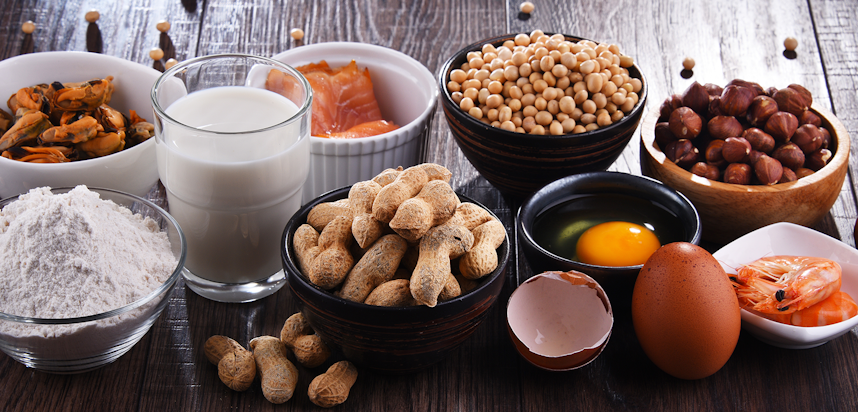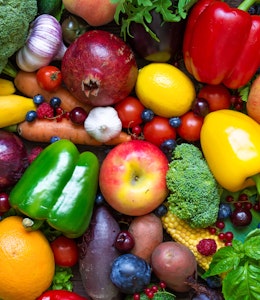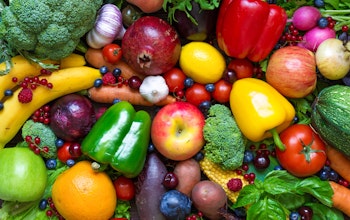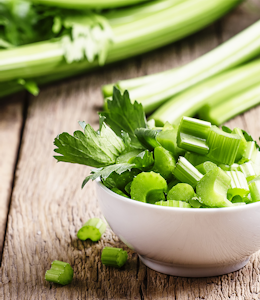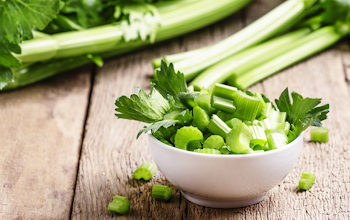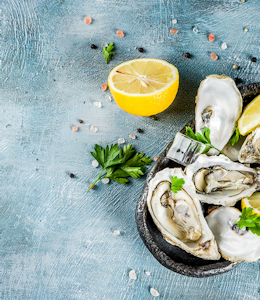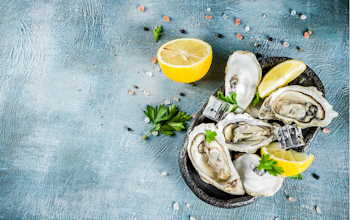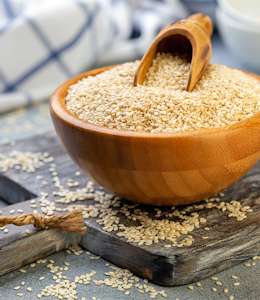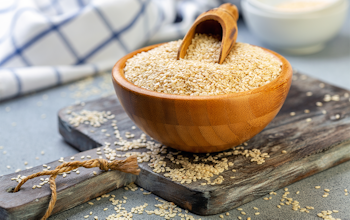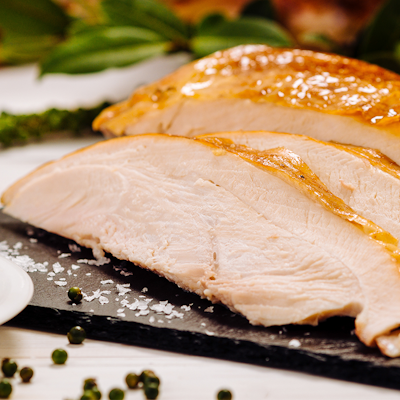Allergen Deep Dive: Peanuts
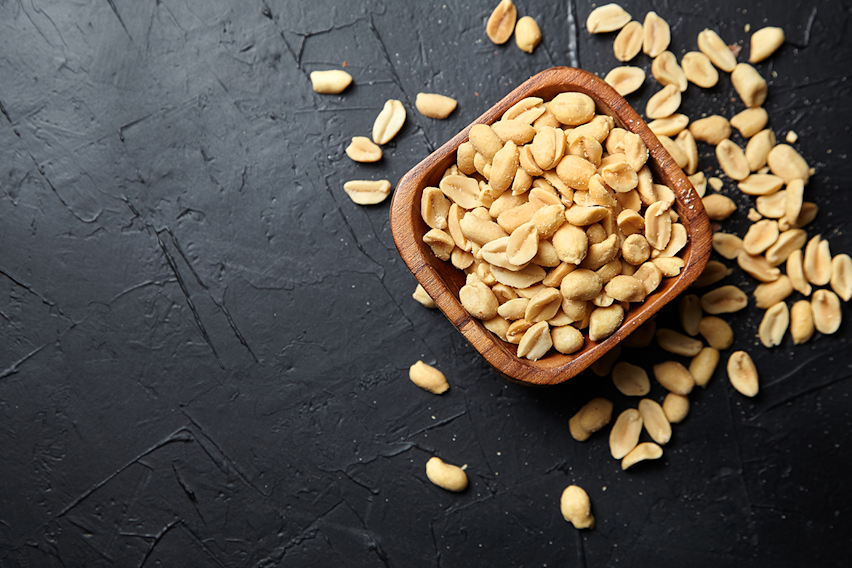
When it comes to allergens, most people would consider Peanuts the headliner. Certainly they are a high-profile allergen among children, and the allergen most likely to be associated with anaphylaxis by the public.
So, read on to find everything you need to know about a Peanut allergy, including the surprising foods and drinks you need to watch out for and the best Peanut replacements for your recipes...
What are Peanuts?
Peanuts, sometimes known as ‘monkey nuts’, are a type of legume and unusually, grow underground. Peanuts contain symbiotic nitrogen-fixing bacteria and consequently help improve the fertility of the soil around them, though they are primarily cultivated for food purposes.
Though Peanuts are not technically ‘Nuts’, because they do not fit the dictionary definition of being ‘a fruit whose ovary wall becomes hard at maturity’, they are frequently grouped with Tree Nuts such as cashews and almonds in terms of their uses.
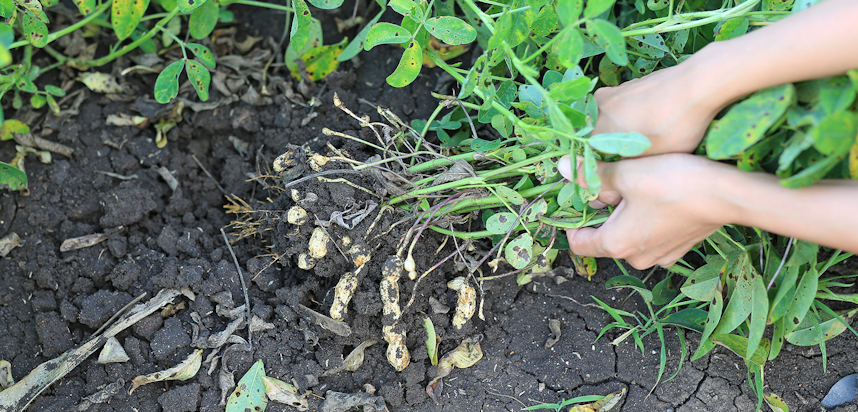
Peanuts are notably not Tree Nuts, though they do share a similar taste and texture to Tree Nuts such as Cashews and Hazelnuts.
Can you be allergic to Peanuts?
Yes, you can be allergic to Peanuts. Peanut allergies are among the more common allergies, and are thought to be on the rise. Peanuts are an allergy often associated with children, but an allergy can develop at any stage of life and not all children will grow out of their Peanut allergy.
Though Peanuts are often classified alongside (Tree) Nuts, they are not the same and so those with a Peanut allergy will not necessarily be allergic to nuts such as Cashews, Pecans or Almonds (though it is possible to be allergic to more than one allergen).
What is a Peanut allergy?
An allergy to Peanuts will trigger a negative reaction from a person’s immune system if they consume a food or drink containing Peanut.
There are multiple proteins in Peanuts known to be allergenic, and those with a Peanut allergy may also find they suffer an allergic reaction through inhalation of dust, aerosol or even air that contains peanut particles, or come into contact with Peanuts via their skin.
An allergy occurs when a person’s body misidentifies a harmless substance as being dangerous, and triggers a reaction from the immune system. These reactions can vary, and include anything from uncomfortable itching to life-threatening anaphylaxis.
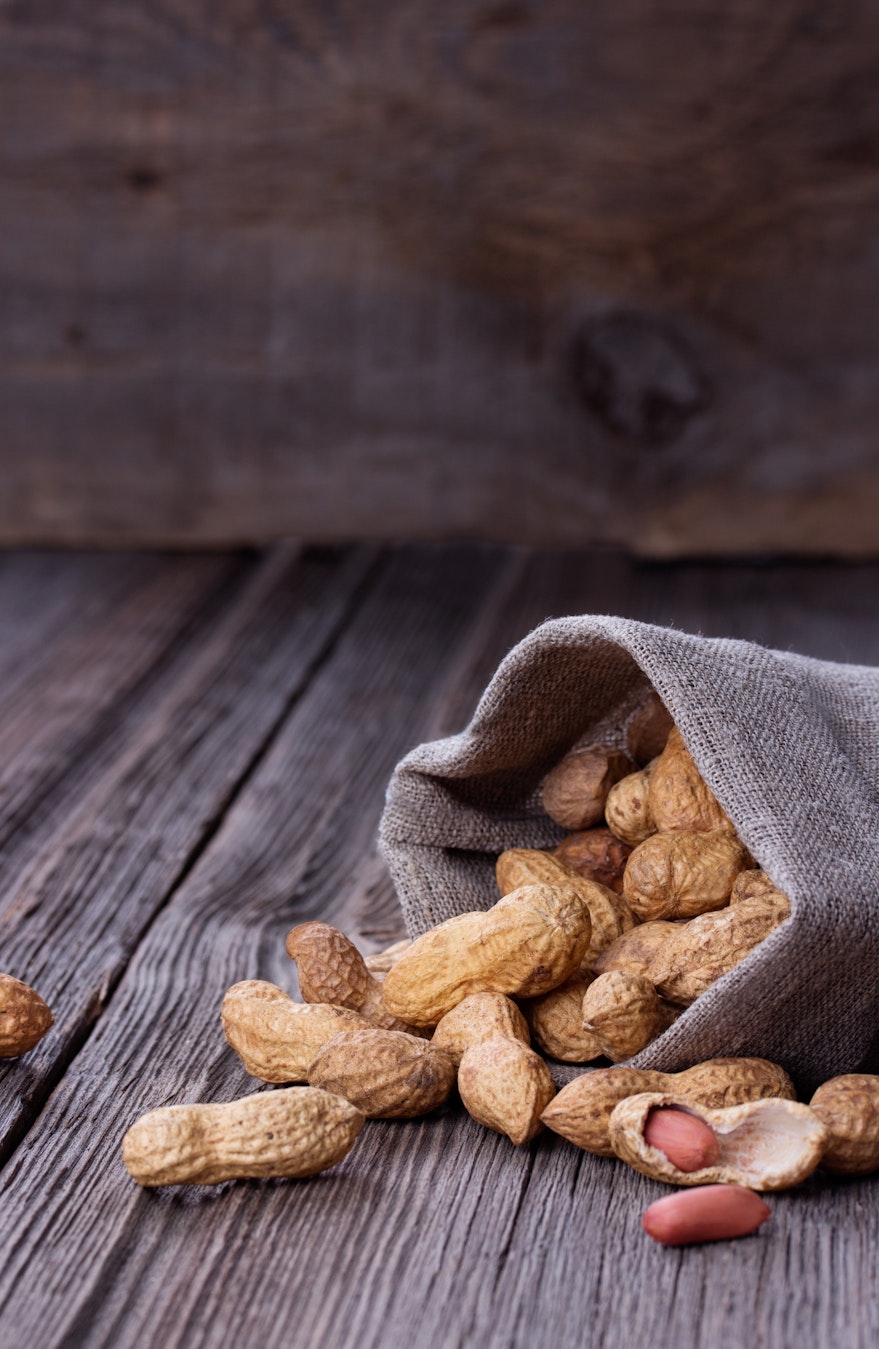
An allergy is different to an intolerance, with the former affecting the immune system and an intolerance not affecting the immune system. A sensitivity to a substance means that its effects (such as caffeine being a stimulant) are felt more keenly than usual.
Peanuts are a legume, and those with a Peanut allergy may experience cross-reactivity, or want to stay clear of other legumes such as chickpeas. Chickpeas and chickpea water (known as Aquafaba) are used in foods such as hummus and even as a dairy substitute in vegan drinks and cocktails.
What is a Peanut intolerance?
An intolerance to a food or drink is different to an allergy because it does not affect the immune system. It prompts a negative reaction from other areas of the body - very often the digestive system.
It’s important to understand that allergies and intolerances can share symptoms but only an allergy can trigger anaphylaxis, so getting the correct diagnosis and medication is critical.
What food and drinks do you find Nuts in?
In addition to being eaten alone (usually as a snack), Peanuts can be found as an ingredient in many sweet and savoury foods, and peanut oil is frequently used in cooking.
Here are some common foods and drinks that might contain Peanuts:
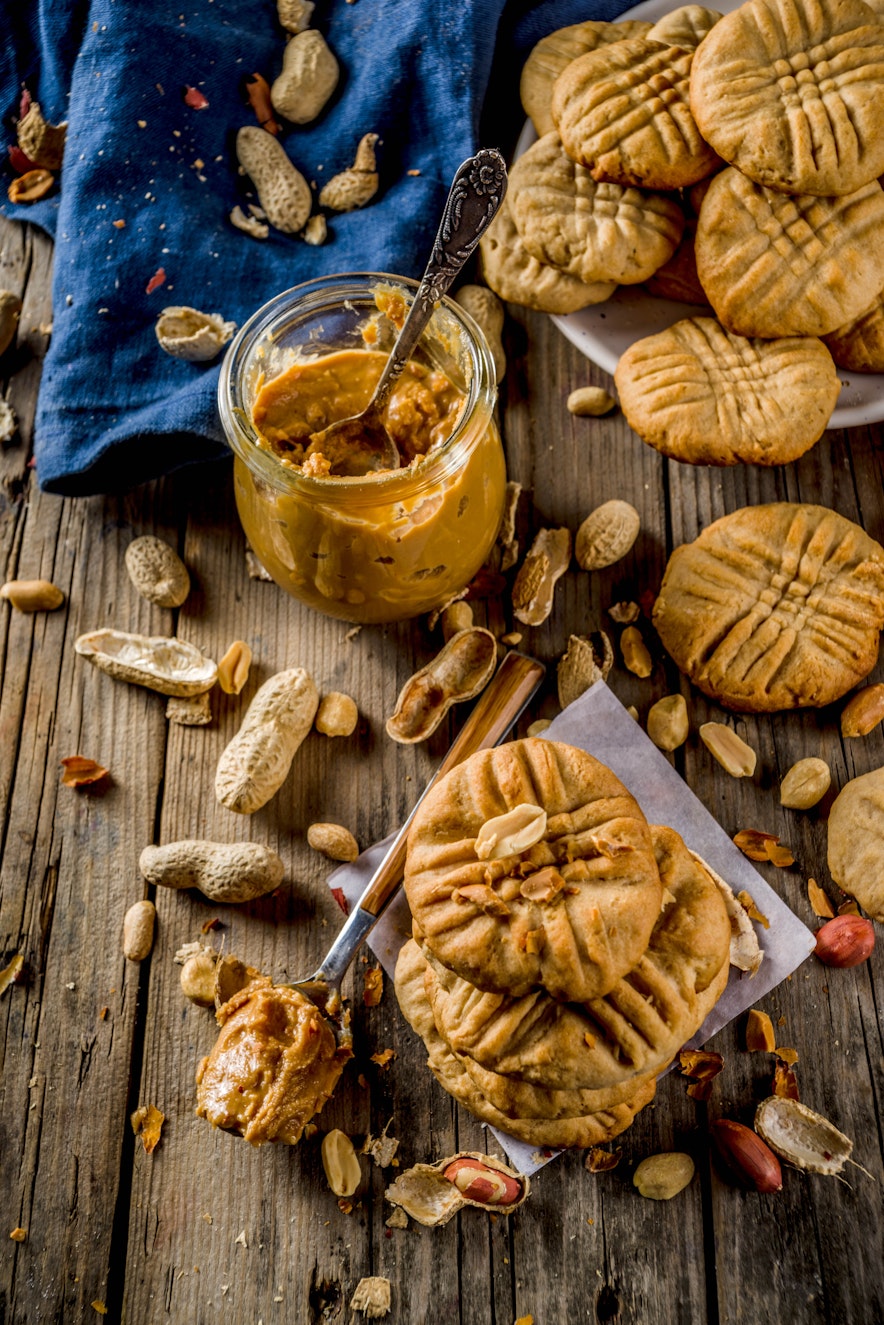
- Artificial and natural flavourings
- Peanut butter
- Ice cream
- Cereal
- Cakes
- Cookies and biscuits
- Sweets
- Chocolate
- Curry
- Chilli
- Egg rolls
- Tarts
- Sauces (such as Satay)
- Groundnut oil
- Pudding
- Crumb toppings
- Crackers
- Marzipan
- Nougat
- Energy bars
- Mexican cuisine such as Mole
- East Asian dishes
- Hydrolyzed plant protein
- Hydrolyzed vegetable protein
What are surprising foods that contain Peanuts?
Peanuts might be found in just about anything, particularly in East Asian and Southeast Asian cuisine.
Peanuts and/or peanut butter are also frequently used as a source of protein or a thickener in Vegan and Vegetarian dishes.
There are, however, some particularly surprising foods (and other goods) that contain Peanuts. These include:
- Soups
- Chips or fries (some restaurants cook their chips in peanut oil)
- Burgers
- Soaps and shampoos
- Flavoured and speciality coffee
- Vegetarian burgers and sausages
- Salad dressing
- Sauces and marinades (including barbeque sauce, hot sauce, pesto, gravy, and mole sauce)
Several alcoholic beverages also could contain Peanuts or their derivatives. These include:
- Harp Lager
- Castries Peanut Rum Crème (Liqueur)
- Eblana (Irish Whiskey)
- Peanut Lolita
- Uber Goober Oatmeal Stout
- Short’s Über Goober Oatmeal Stout
- Terrapin Liquid Bliss
- Peanut Butter Beer
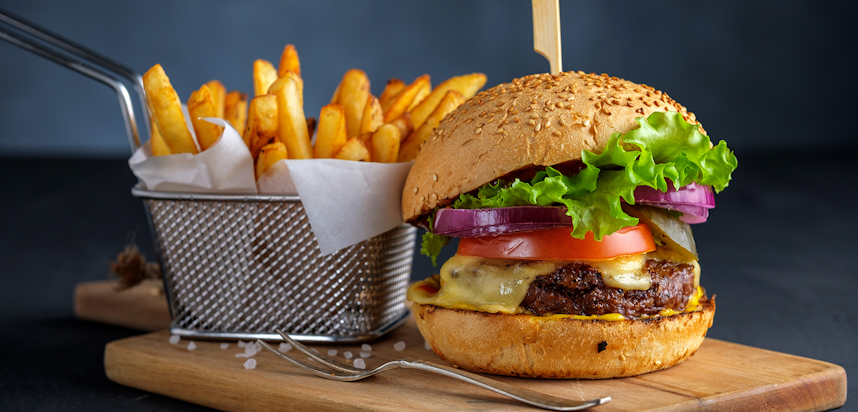
What’s another name for Peanuts?
Peanuts or peanut derivatives might appear under a number of names on an ingredient label. These include:
- Ground Nuts
- Beer nuts
- Monkey nuts
- Nut meat
- Arachis oil
- Kernels
- Peanut protein
- Arachis oil
- Arachis
- Arachis hypogaea
- Artificial nuts
- Boiled peanuts
- Cold pressed, extruded or expelled peanut oil
- Crushed nuts
- Earth nuts
- Goober peas
- Ground nuts
- Ground peanuts
- Hydrolyzed peanut protein
- Mandelonas, Mixed nuts
- Nut pieces, Nutmeat
- Peanut butter
- Peanut butter chips
- Peanut butter morsels
- Peanut flour
- Peanut paste
- Peanut sauce
- Peanut syrup
- Virginia peanuts
What does an allergic reaction to Peanuts look like?
Peanut allergy symptoms usually appear within an hour of eating or coming into contact with the allergen. These symptoms include:
- Red, itchy rash (either raised or not raised)
- Dizziness
- Vomiting and nausea
- Mouth itching or tingling
- Hives
- Shortness of breath and/or wheezing
- Sneezing
- Diarrhoea
- Face, mouth and/or throat swelling
- Abdominal pain
- Difficulty swallowing
- Wheezing
An allergic reaction may also result in anaphylaxis - this is particularly associated with Peanuts.
Anaphylaxis can be fatal, and the symptoms include:
- Difficulty breathing
- Faintness and dizziness
- Swollen tongue and issues with speaking or swallowing
- Tight chest
- Collapsing and losing consciousness
If a person experiences anaphylaxis an ambulance must be called.
How do you treat a Peanut allergy?
A Peanut allergy is best treated by checking ingredients and avoiding foods and drinks that contain Peanuts.
If a mild reaction is suffered, antihistamines may help.
If an anaphylactic reaction occurs an AAI should be administered and 999 called.
How can I avoid Peanuts?
Many East Asian and Southeast Asian dishes contain Peanuts as an ingredient, and so those with a Peanut allergy will need to be careful when dining at restaurants of those cuisines, as well as fried food restaurants that may use peanut oil in their fryers.
Menus and labels should be checked carefully, and the allergy made known to the wait staff.
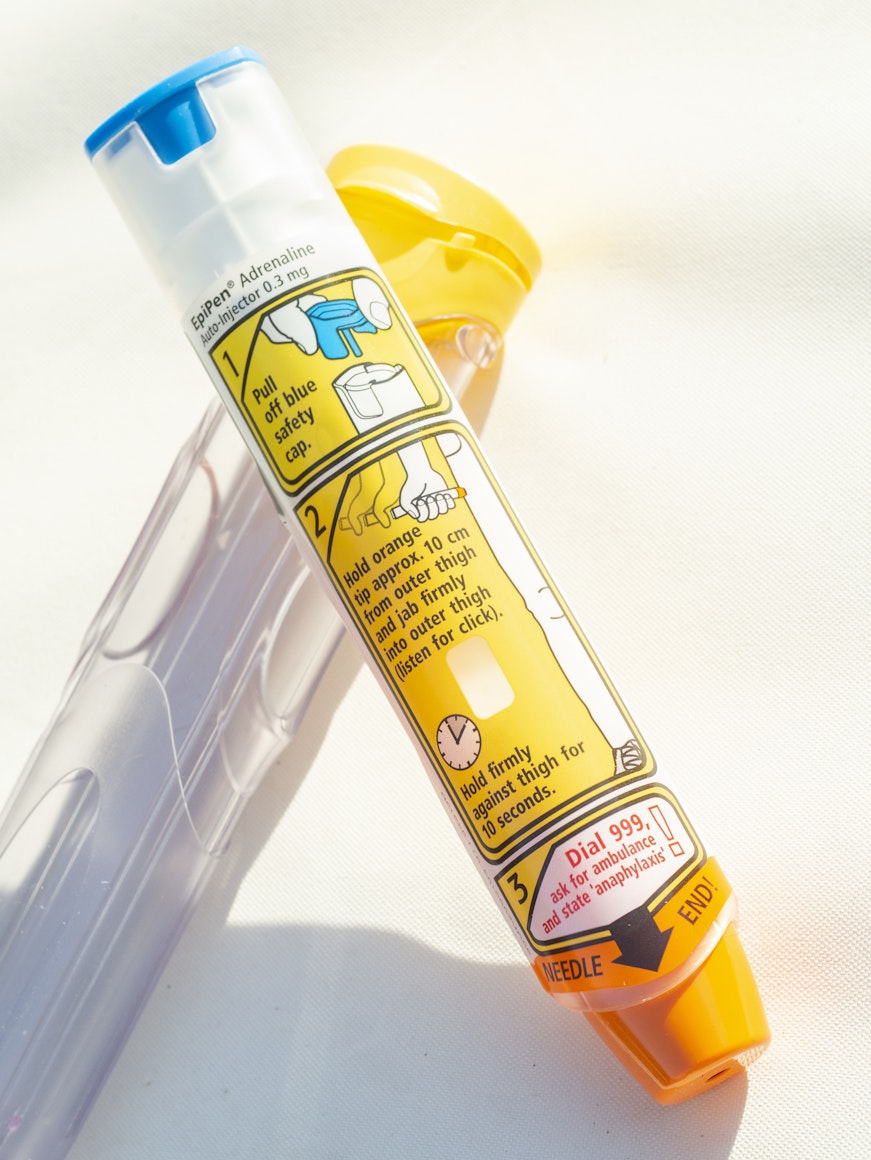
Those with a serious Peanut allergy may consider avoiding any restaurants that cook extensively with Peanuts in their dishes all together, all as there will be a risk of cross-contamination in the kitchen, and on menus, condiments and other tableware. Some severe Peanut allergies can be triggered by airborne particles and even being close to other diners eating foods with Peanuts in them might be a risk, in which case it is best to call the restaurant to check about the use of Peanuts prior to visiting.
What’s an alternative for Peanuts?
If a person is allergic to Peanuts but does not have an allergy to (Tree) Nuts, a Nut such as a Cashew is the obvious alternative.
However, assuming that is not an option you can also substitute the following for Peanuts:
Tahini - this is a paste-like condiment made from ground, toasted Sesame seeds and can be used instead of peanut butter for things like sauces, dressings and as a sandwich filling.
Allergen alert - Sesame is one of the 14 major food allergens.
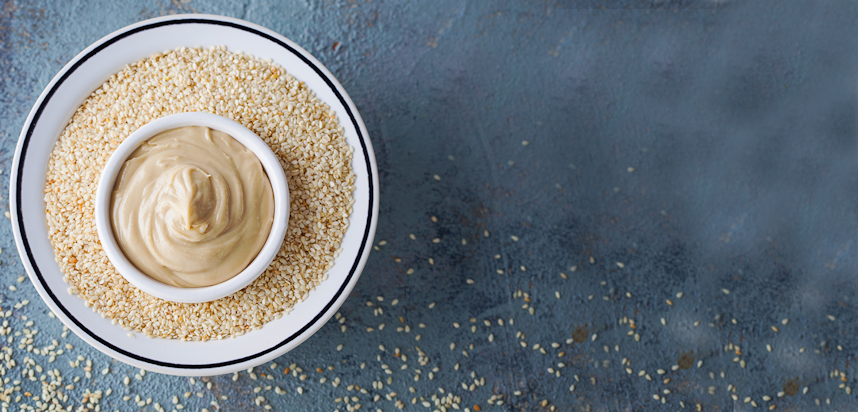
Soy nut butter - this butter is made from Soya and has a similar texture and flavour to peanut butter.
Allergen alert - Soya is one of the 14 major food allergens.
Sunflower seed butter - this spread is made from roasted and ground sunflower seeds and some people believe it to have a similar flavour to peanut butter. Unlike Soya and Sesame, Sunflowers seeds are not among the 14 major food allergens.
Beans - beans such as cannellini and Haricot beans can be roasted to provide a similar flavour and texture to that of Peanuts. They can be used as a Peanut substitute as a snack, or in salads and stir frys.
Grape seed oil - this is a vegetable oil derived from the seeds of grapes, and has mild flavour. It can be used as a frying alternative to Peanut oil.
Are Peanuts one of the 14 major food allergens?
Peanuts are one of the 14 major food allergens. This means that pre-packed food sold in the UK, and the rest of the European Union, must clearly indicate on the label if it contains Peanuts.
The other major food allergens are
